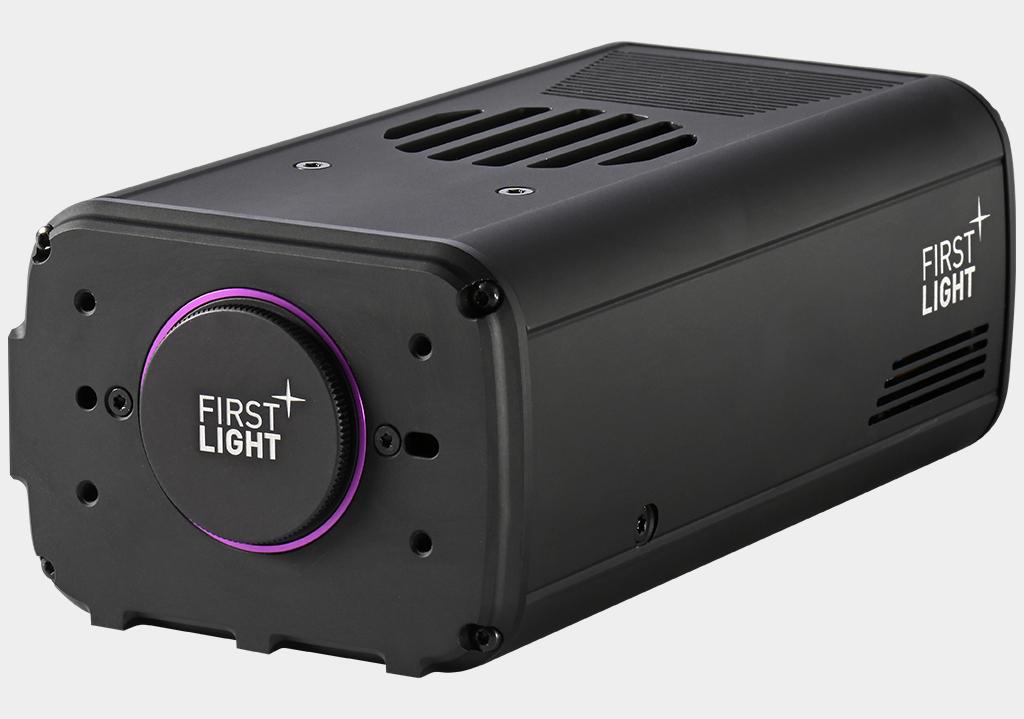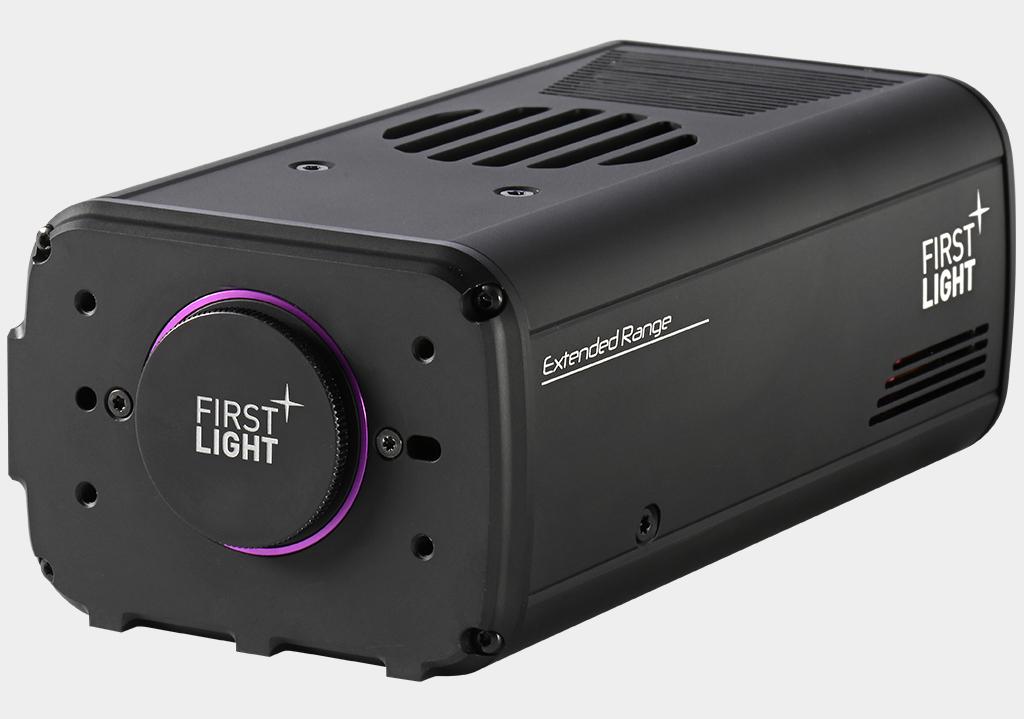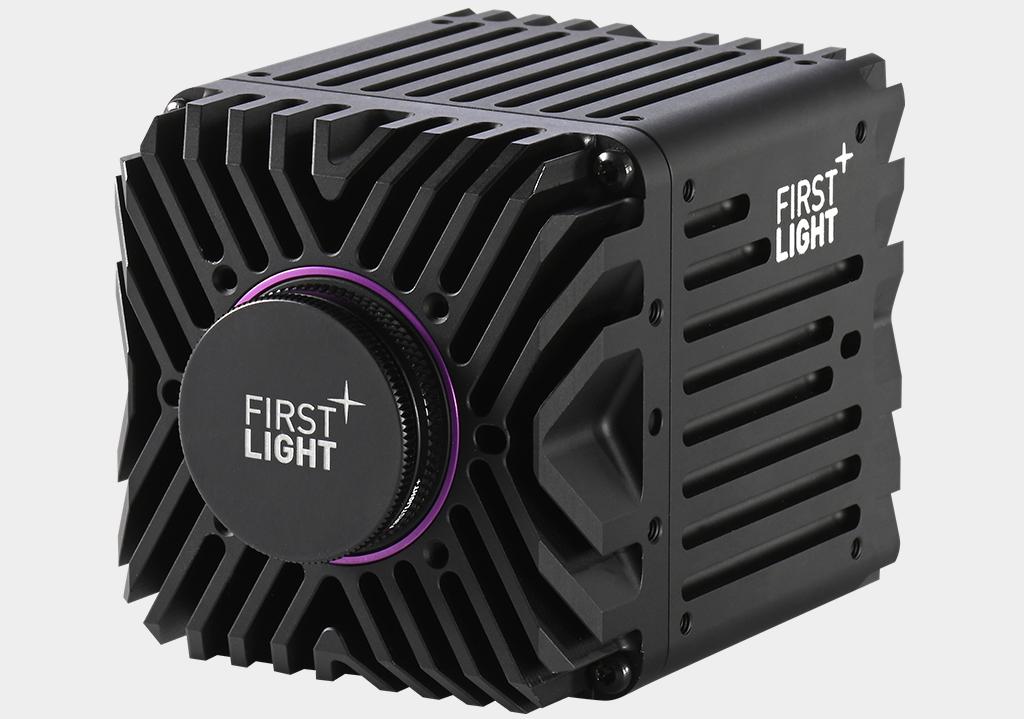Resources
 Part of the Oxford Instruments Group
Part of the Oxford Instruments Group
Expand
Collapse
Andor’s C-RED camera series features a range of InGaAs based cameras optimised for challenging quantitative scientific measurements within the NIR II/SWIR imaging spectrum. Exceptional sensitivity is matched to high speeds and wide dynamic range over a wide field of view. Superb application flexibility built in to capture both fast and slow processes up to several minutes exposure alike.
C-RED SWIR Cameras are in stock and ready to ship!
Request Pricing Ask a QuestionThe C-RED Camera Series offers a number of InGaAs based imaging solutions for demanding scientific research. Image thicker and more biologically relevant, tissues, organs and even small animal models by exploiting the NIR II/SWIR spectrum.



| Model | C-RED 2 | C-RED 2 ER | C-RED 2 Lite |
| Technology | InGaAs | InGaAs | InGaAs |
| Sensor Format | 640 x 512 | 640 x 512 | 640 x 512 |
| Pixel Size (µm) | 15 | 15 | 15 |
| Wavelength Range (µm) | 0.9 - 1.7 | 1.1 to 1.9 µm (1.9) and 1.2 to 2.2 µm (2.2) |
0.9 - 1.7 |
| QE max (%) | 85 | 82 (1.9) 85 (2.2) |
80 |
| Cooling (°C) | -40 | -40 (1.9µm model) -55 (2.2µm model) |
25 below case temp |
| Max. Frame Rate (full array) | 600 fps | 600 fps | 600 fps |
| Read Noise (e-) | 23 | < 32 (1.9µm model) < 36 (2.2µm model) |
28 (@ 5°C cooled) |
| Dark current (e-/pix/sec) | 310 @ -40°C | 19,500 @ -40°C (1.9µm model) 130,000 @ -55°C (2.2µm model) |
25,000 @ +5°C |
| Pixel Well Depth (e-) | 1,400,000 | 1,500,000 | 1,400,000 |
| Exposure (Shutter) Modes | Global | Global | Global |
| Interface | USB 3.1 Gen 1 Camera Link |
USB 3.1 Gen 1 Camera Link |
USB 3.1 Gen 1 Camera Link |
| Learn More | Specifications | Specifications | Specifications |
| Request Pricing | Request Pricing | Request Pricing | Request Pricing |